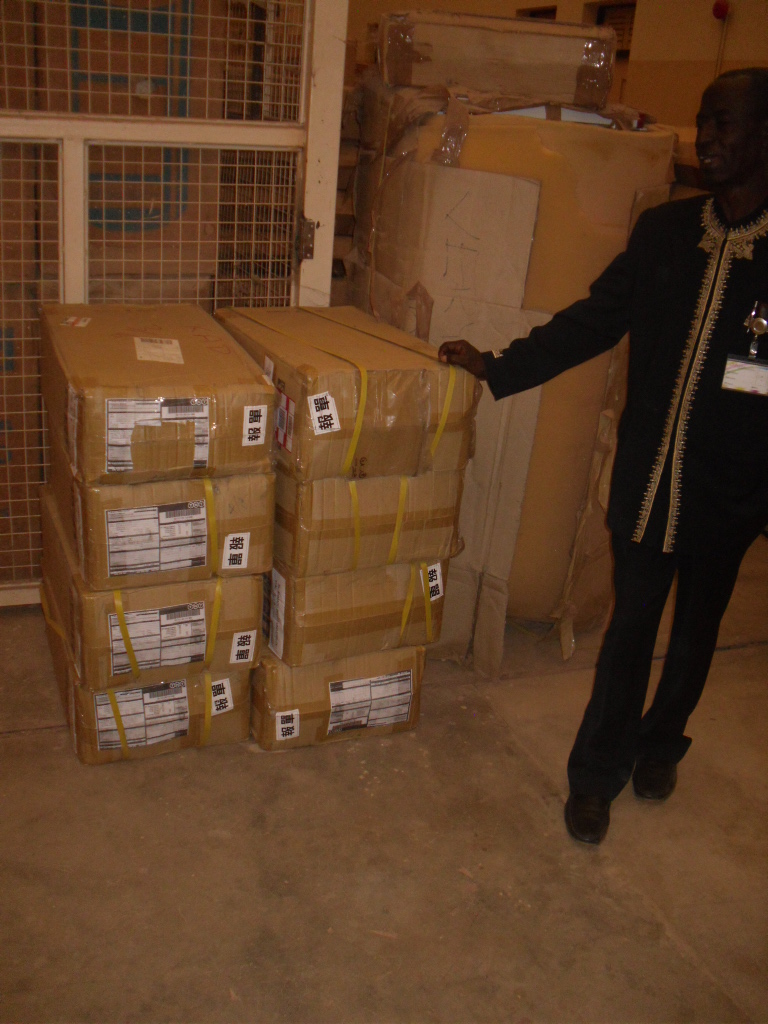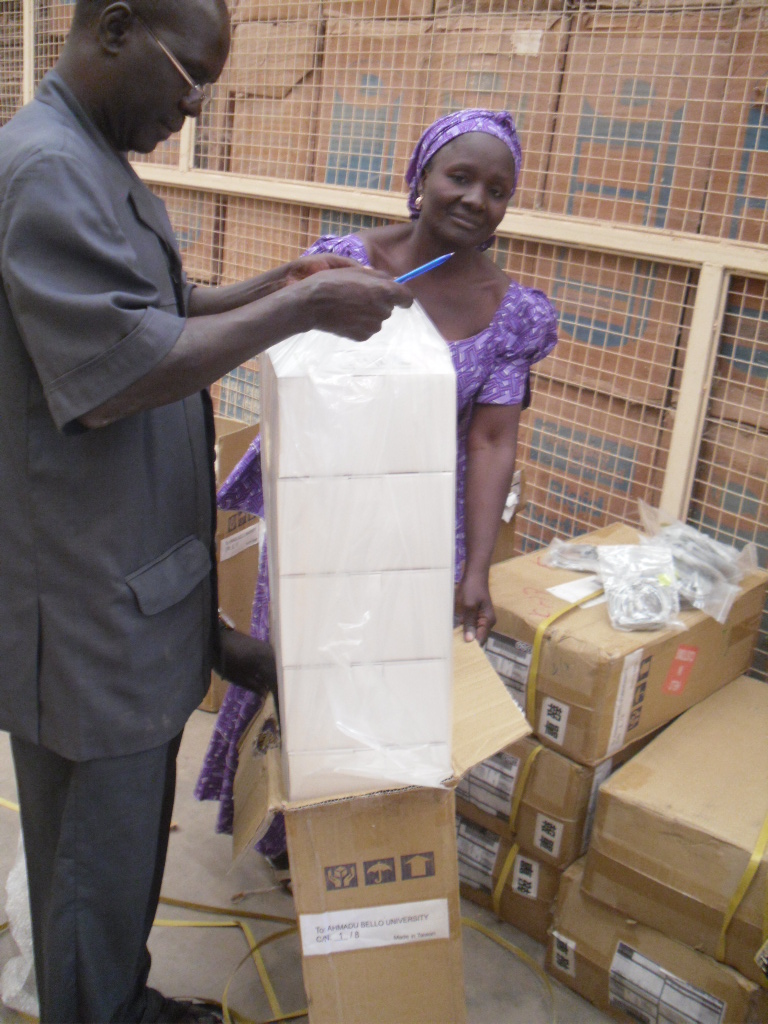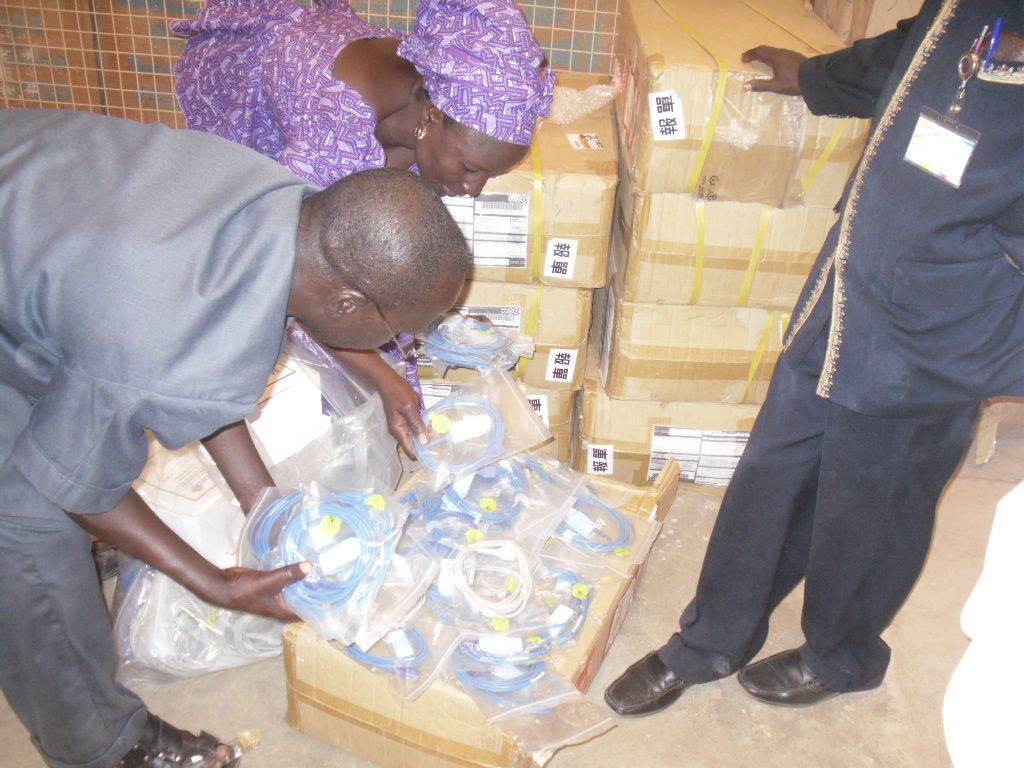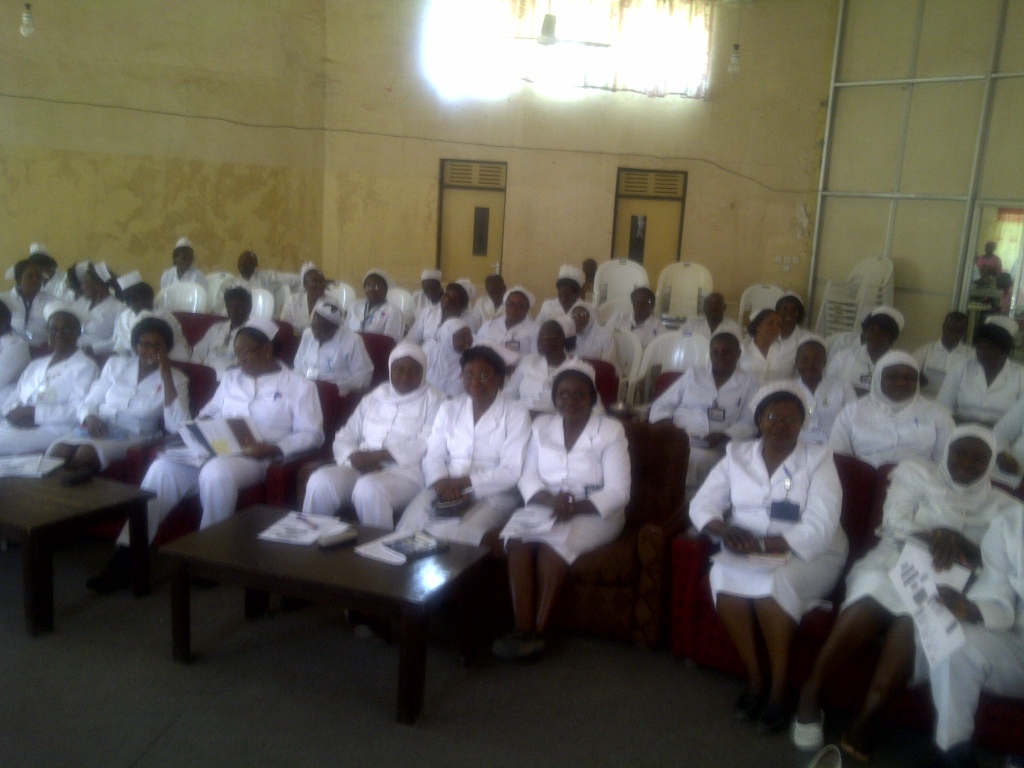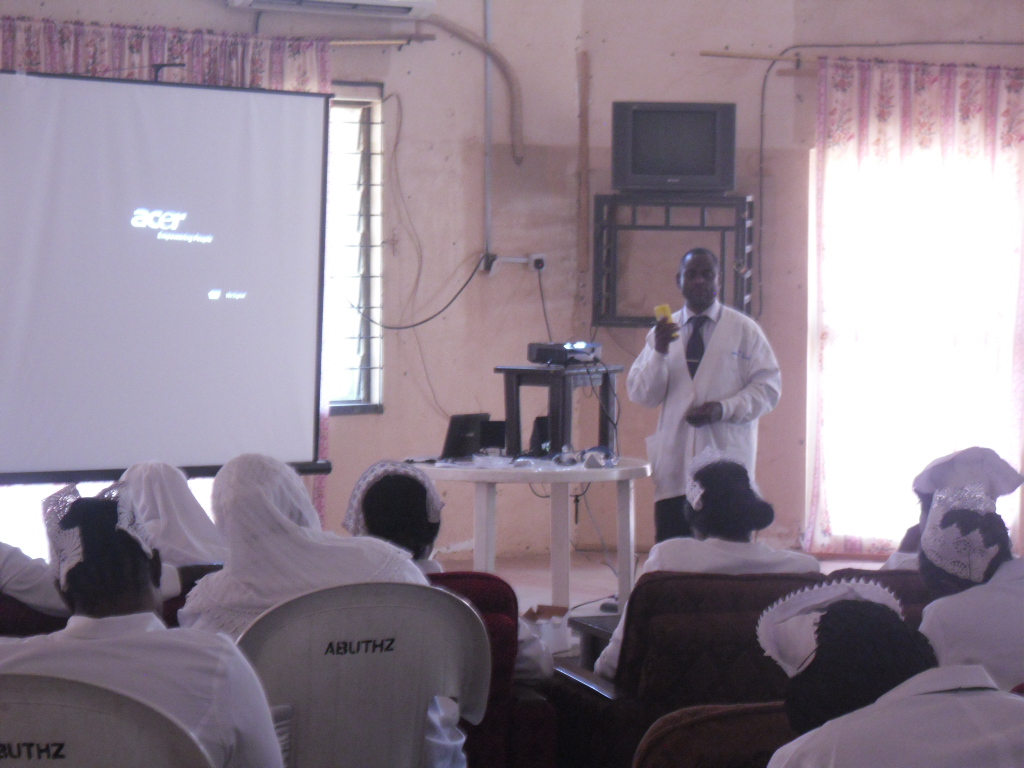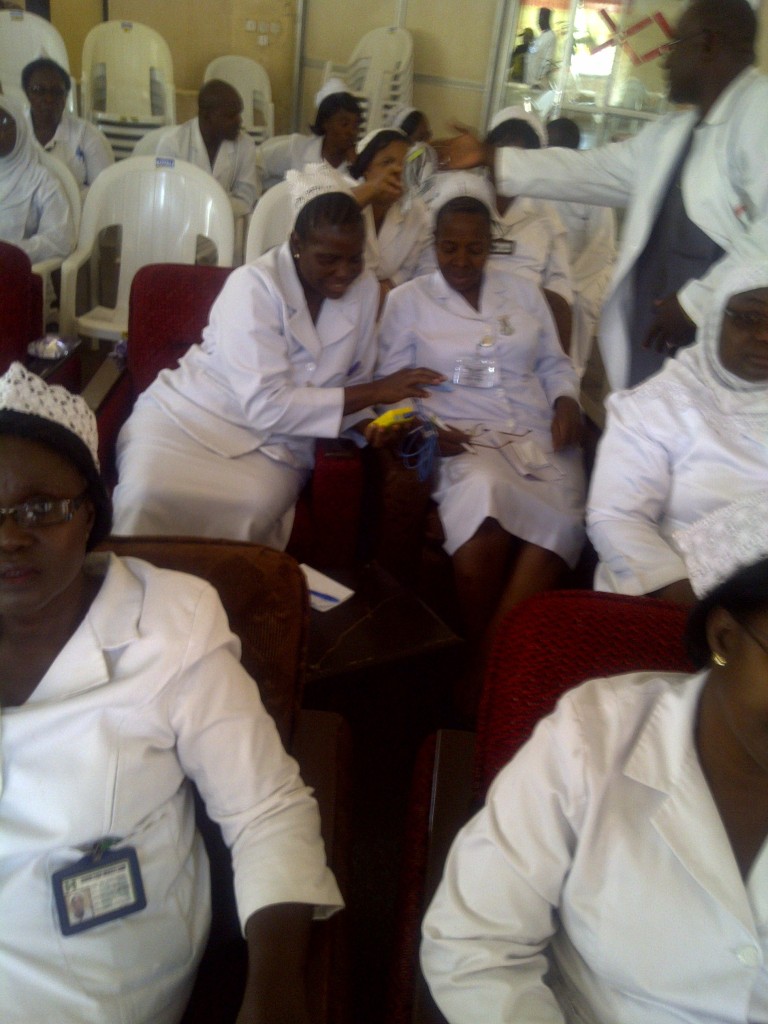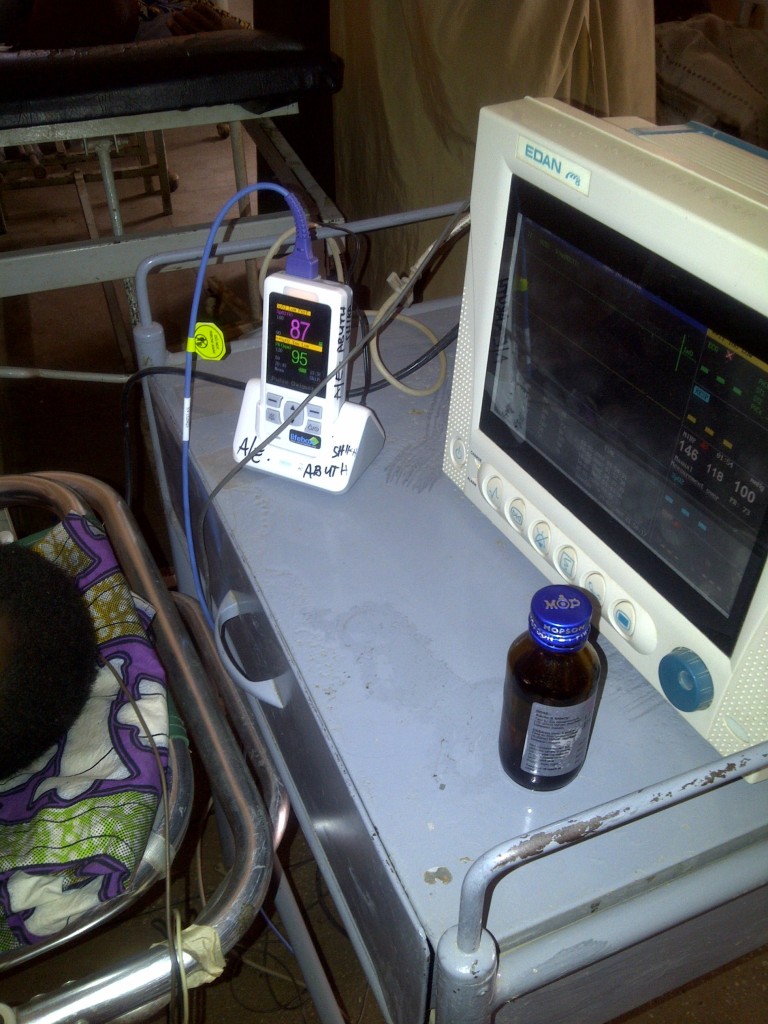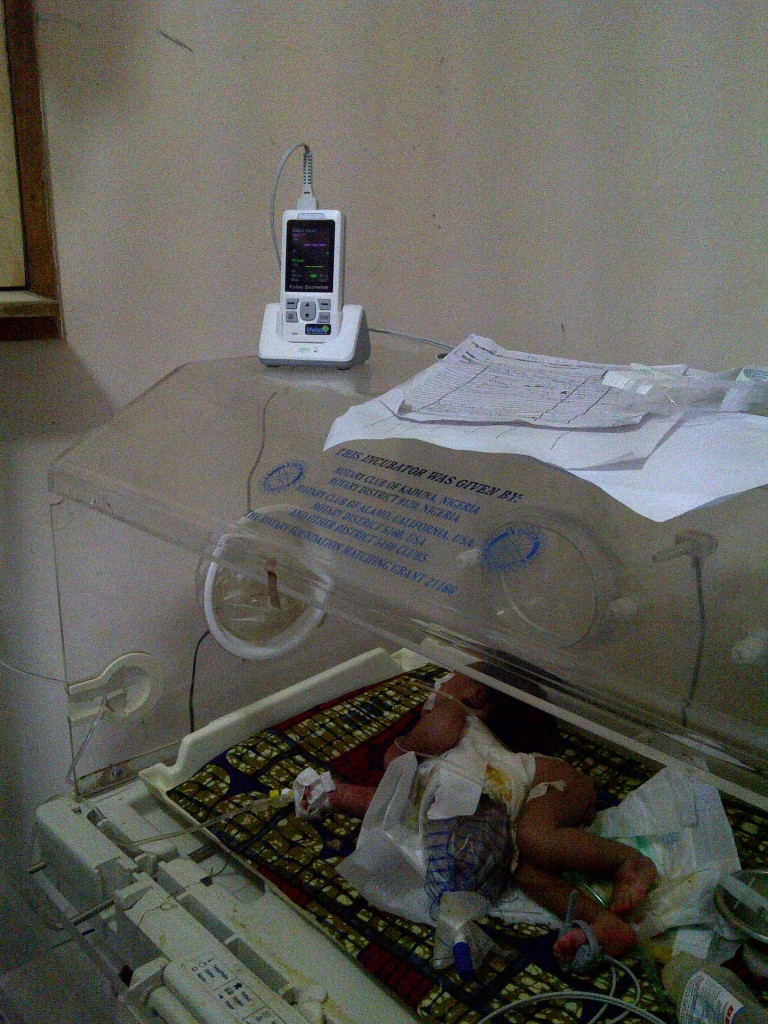A favourite Lifebox story…
…begins once upon a time late summer of last year, at a hospital in Nigeria, when a very dynamic doctor placed an order to purchase 75 pulse oximeters and 75 spare probes.
And this is what happened next.
We sent the doctor an invoice, the hospital made a bank transfer, and less than 48 hours later the oximeters shipped from our manufacturer in Taiwan.
It took less than a week for them to arrive at the port in Nigeria, and a further few days for them to clear customs and reach the hospital’s central stores.
The Lifebox oximeter costs $250, including the price of delivery, making it about a third of the price of a similar quality device on the open market. Money might not make polite table talk, but this is big news. Our donors need to know how much a life-saving contribution to surgical safety costs. And most importantly, anaesthesia providers in target countries need to know that they may be able to afford it themselves.
Geography can make procurement a topsy turvy, punitive game. Basic commodities, like hand sanitizer, can actually be more expensive across parts of Africa than in the U.K., because infrastructure is worn and supply chains aren’t cost-effective. The fixed delivery price of the Lifebox oximeter means that this high-quality piece of equipment is, for the first time, within financial reach of larger institutions in low-resource settings. Hospitals don’t have to wait for donations – they can take their own steps to improve the safety and quality of patient care.
Once the oximeters arrived, things moved quickly.
The doctor convened a training session in one of the hospital classrooms, and 36 nurses attended.
He ran the Lifebox pulse oximetry workshop – tutorials, videos, clinical scenarios and discussion, with a demonstration from senior technicians about the specifics of the Lifebox pulse oximeter. They don’t require any complicated set up or calibration, and the education workshop can be delivered in half a day.
Staff had a chance to test out the oximeter on each other in the classroom.
Before they were distributed across the hospital departments.
And began safeguarding lives immediately.


